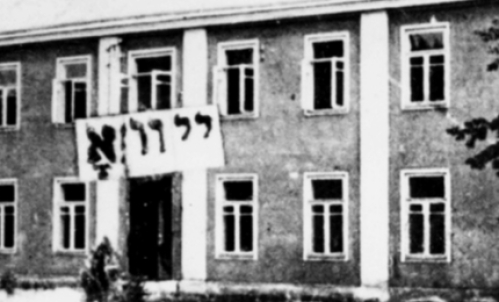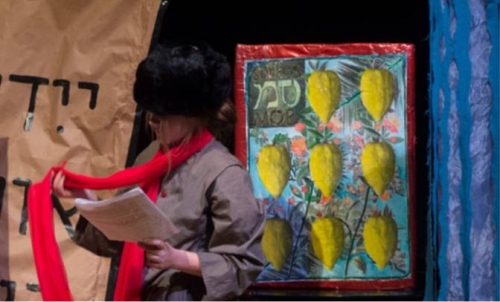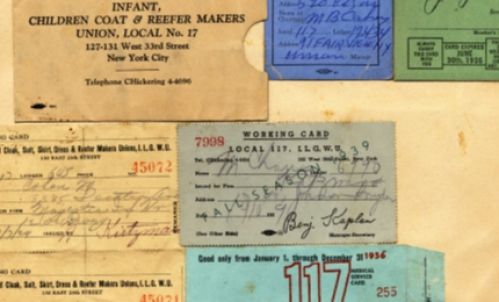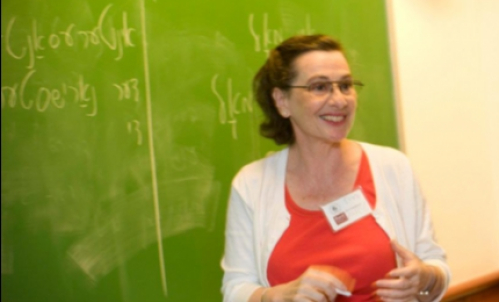“Tourism for Jews? It Sounds New and Strange.” Polish Jews and Leisure Travel during the Interwar Period
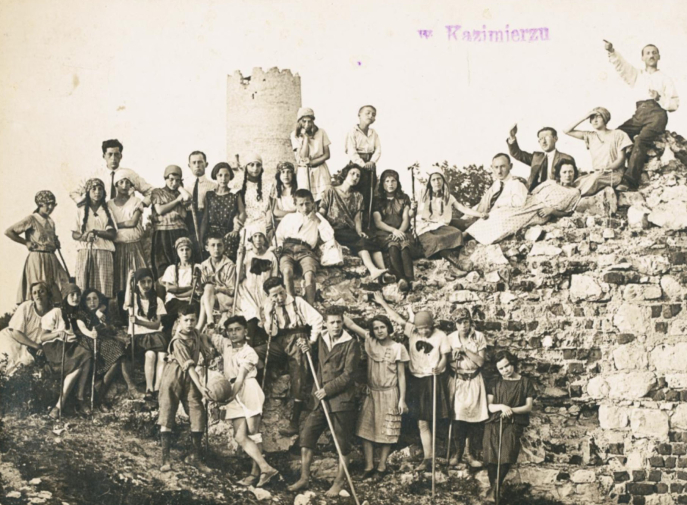
|
Max Weinreich Fellowship Lecture in Polish Jewish Studies
The Aleksander and Alicja Hertz Memorial Fellowship and the Samuel and Flora Research Fellowship Admission: Free |
Polish Jews of the interwar period are often seen as living “on the edge of destruction,” as the historian Celia Heller entitled one of her books. Though they lived through difficult times, Polish Jewry did not see itself as living on the edge of destruction. Rather, they saw themselves for what they indeed were: the largest, most vibrant, most complex, and most creative Jewish community in the world, one in which lives were lived to the fullest and very much with a view to the future. As a consequence of the Holocaust there is a pronounced tendency to ignore those aspects of pre-Holocaust life that do not feed into or point towards the very horror that was eventually visited upon Polish Jews.
One such aspect of pre-war Jewish life that is generally overlooked is leisure activities. Polish Jewry had fun in myriad, and wholly normal ways: they attended the theater and Yiddish cabaret, Hollywood blockbusters, attended concerts and sporting events and had hobbies and passions like Jews elsewhere. One of Polish Jewry’s most beloved leisure activities was travel, the subject of this lecture. Tourism was not only among the most important leisure activities for interwar Polish Jewry but was responsible for a great modernizing “transformation.” How did Polish Jews had become tourists and what role Landkentenish Society (the Jewish Society for Knowledge of the Land) played in facilitating this process? The talk will draw on Yiddish and Polish travel guides, guidebooks, manuals and magazines for neophyte tourists published in the 1920s and 1930s.
About the Speaker
Ula Madej-Krupitski is a doctoral candidate in Jewish History at UC Berkeley. Her dissertation charts the development of leisure cultures and practices among the highly-diversified population of Polish Jews during the interwar period. She is the 2017-18 recipient of YIVO’s Fellowship in Polish Jewish Studies (The Aleksander and Alicja Hertz Memorial Fellowship and the Samuel and Flora Research Fellowship).
